How to exercise your brain with mismatched movement (short videos)
2Yoga poses can be used for all sorts of purposes – after all they are just tools to achieve whatever it is that we want to achieve. If our goal is to focus the mind, we can use mismatched and “defying expectations” movement to direct students’ attention into their bodies.
Mismatching the movements of your hands and/or feet is a good brain exercise that promotes coordination. Try this trick: circle your right ankle clockwise, then draw number six with your right hand. Your foot will change direction. We can do the same with our yoga poses. For example, you can ask your students to do a bridge pose, and have them raise one arm up and bring another arm over the head. Here the left hemisphere controls arm trajectory, and the right hemisphere regulates arm’s position in space. They have to work together on this task.
“Defying expectations” movement means taking a familiar movement and introducing a different variation. For example, ask your students to do Salabhasana (Locust pose) and bring one arm forward and another one out. This is not what they are expecting! The left brain is better with familiar movements, but the right brain is better with new things, so by combining familiar and new you are encouraging your hemispheres to cooperate.
Check out these short videos that show simple but unexpected ways to do familiar poses to promote right-left brain integration and make students pay attention. Those simple movements are easy to add to almost any pose. You can use then occasionally, or make the whole practice out if them. This is a great opportunity to be creative!
[instagram-feed type=hashtag hashtag=”#RightLeftIntegration”]Follow us on Instagram to get regular videos of different pose adaptations.

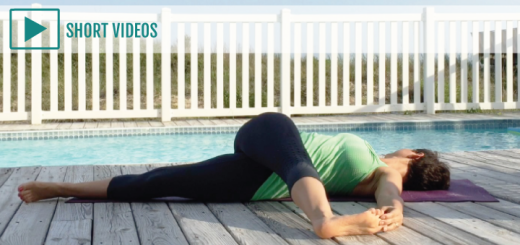
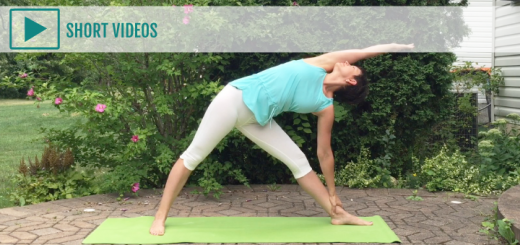


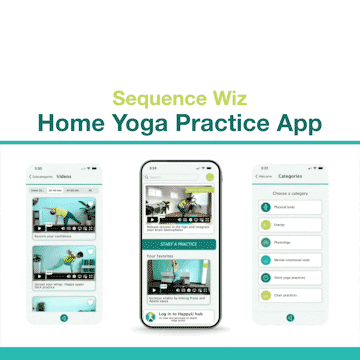
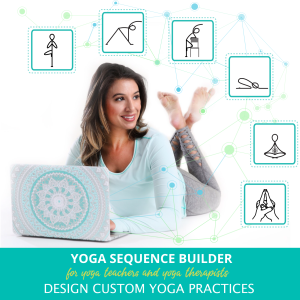



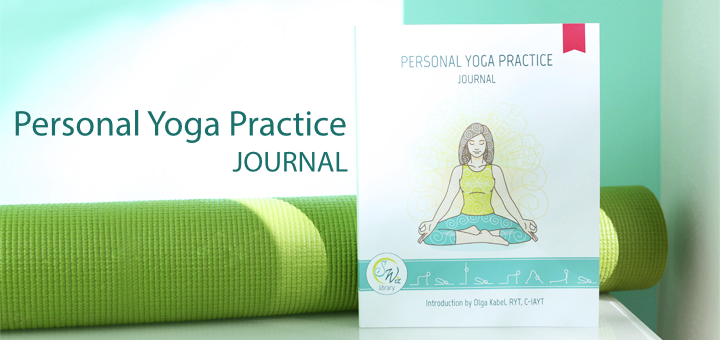
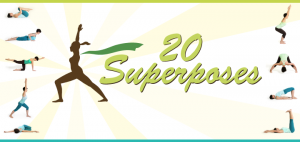




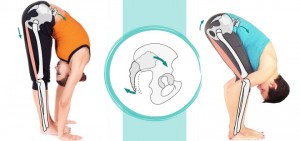
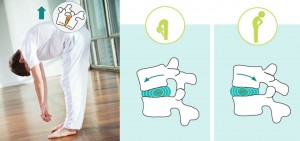
Hi!
I so love your site!!! I teach Bikram Yoga, and try to switch things up JUST A Bit!
Pranayam Breathing is so wonderful!!
There is a variation, where there is a continuous breath. There are several students who refuse to switch it up a bit. I try to encourage and keep all students together….to keep an open mind…..to stay present.
There are those who do not.
Is this my problem, or theirs?
Or is there really a problem?
Thank you for your time.
Hi Kimberly! Sure thing, some folks are set in their ways and are not as willing to try new things. It’s all good, we can’t make them. But it doesn’t mean that we should stop trying 🙂 Personally, I usually preface any sort of new exploration with an introduction: ” Today we will be exploring such-and-such and here is why. If you don’t feel like doing it – don’t.” And then give them an option of what to do if they don’t want to try that breathing practice or whatever. That’s all. May be someone will skip it once, twice, three times and then decides to try it the forth time? Or fifth? That’s my hope anyway 🙂